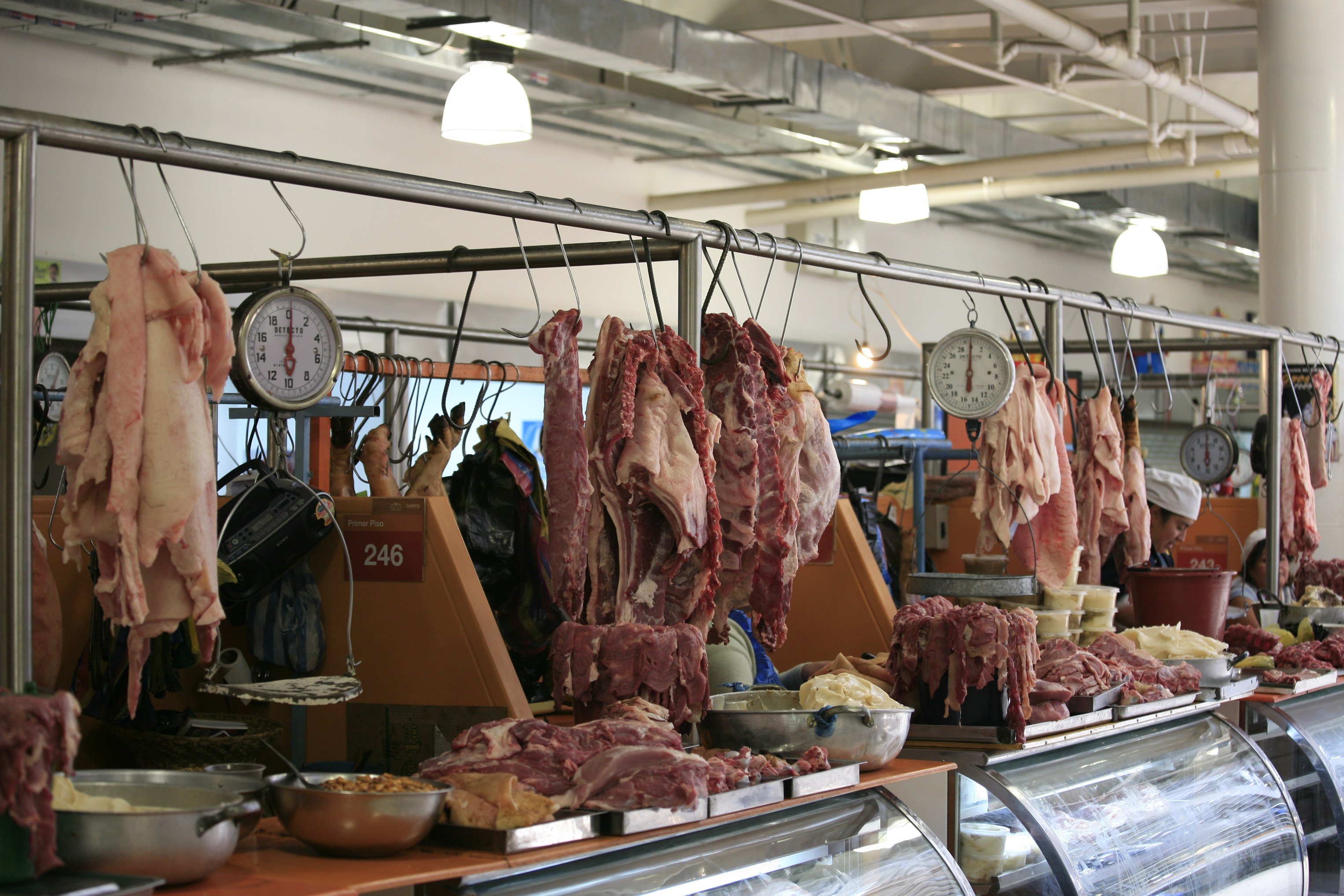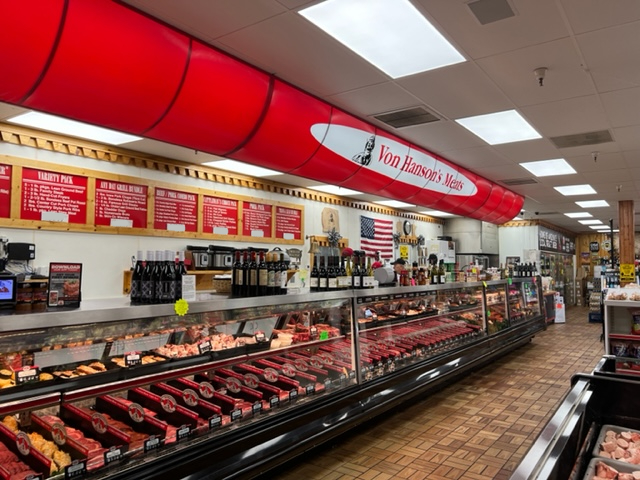Why Citizens Love Bagley Farms Meat Market Edwardsville IL for Their Meat Purchasing
Why Citizens Love Bagley Farms Meat Market Edwardsville IL for Their Meat Purchasing
Blog Article
Uncover the Art of the Butcher's Cut in a Modern Meat Market
In the ever-evolving landscape of contemporary meat markets, the butcher's cut has transcended its conventional roots, merging age-old craftsmanship with modern techniques. Today's butchers are not just cpus of meat; they are educated craftsmens that emphasize sustainability and ethical sourcing. Their experience in choose and preparing cuts customized to certain culinary needs offers an unequaled eating experience. Yet, what absolutely sets the modern butcher apart is their capacity to build a deeper connection in between customers and the beginnings of their meat. How do these masters equilibrium tradition with innovation, and what implications does this have for the future of meat usage?
Development of Butchery Techniques
The advancement of butchery techniques shows a rich tapestry of advancement and adaptation driven by advancements in modern technology, modifications in consumer need, and a deeper understanding of meat scientific research. Historically, butchery was a craft passed down via generations, with techniques honed over centuries to make the most of return and taste. Nevertheless, the industrial revolution introduced mechanization, changing standard practices and allowing large-scale processing.
The mid-20th century saw butchery techniques even more improved by scientific insights right into muscular tissue biology and meat aging, enhancing both tenderness and preference. Innovations like vacuum product packaging and refrigeration expanded product shelf-life, allowing butchers to branch out offerings and enhance top quality control. This duration also marked the rise of specific devices, such as band saws and meat slicers, which boosted accuracy and performance in meat processing.

Electronic systems now aid in monitoring animal provenance and optimizing cuts to satisfy particular customer choices. Furthermore, a resurgence in artisanal butchery has actually emerged, mixing typical skills with modern-day knowledge to cater to consumers seeking ethical and sustainable meat choices.
Understanding Meat Cuts
Recognizing the complexities of meat cuts is crucial for both butchers and consumers looking for quality and value. For butchers, specific cuts reflect skill and regard for the craft, making certain very little waste and ideal yield.

Recognizing muscle mass composition is important; muscles used extra regularly by the pet have a tendency to be harder and are best fit for slow food preparation techniques, while less-used muscles, like those discovered in the loin, are much more tender and ideal for cooking or roasting. Experience with these differences equips consumers to make enlightened options, boosting their cooking ventures.
Picking High Quality Meat
Choosing the appropriate meat entails more than simply selecting a visually attractive piece from the display. The art of selecting top quality meat needs a critical eye and expertise of particular qualities that symbolize quality and excellence.
Secondly, think about the marbling, which describes the their website white streaks of fat within the muscular tissue. Proper marbling is an essential sign of inflammation and taste, as it thaws during cooking, improving the meat's juiciness. Keep in mind, greater marbling usually correlates with premium quality cuts, such as USDA Prime.
Texture is another important variable; meat should feel firm to the touch, not slimed or extremely soft. Additionally, bear in mind the aroma. Fresh meat needs to have a clean, neutral smell, devoid of any sour or off-putting odors.
Pairing Cuts With Food Preparation Approaches

Conversely, tougher cuts like brisket and chuck roast are abundant in collagen, which damages down into jelly when prepared gradually. These cuts are perfect for braising or sluggish roasting, permitting the meat to soften over time and establish deep, complicated tastes. Cuts such as short ribs and pork shoulder get on well with slow-cooking techniques, where prolonged cooking times transform their robust structures into succulent dishes.
Lamb shanks and oxtail, which need extended cooking to tenderize, are ideal candidates for stewing or slow simmering. These methods coax out rich, hearty flavors while preserving moisture. By recognizing the distinct characteristics of each cut, chefs and home cooks alike can elevate their cooking productions, ensuring each dish is both pleasing and remarkable.
The Butcher's Function Today
Browsing the developing landscape of the modern-day meat market, the butcher's role today expands beyond simple you could try these out prep work of cuts. Contemporary butchers are culinary artisans, teachers, and supporters for sustainable techniques.
In addition to crafting exact cuts, butchers currently get redirected here engage straight with consumers, providing cooking recommendations and tailoring choices to match individual requirements and choices. Their experience in meat aging, marbling, and flavor profiles encourages customers to make informed decisions, boosting their culinary experiences. This individualized solution exhibits the butcher's developing function as a relied on advisor in the cooking area.
Furthermore, butchers are crucial in minimizing waste, using entire pets to create diverse items such as sausages and supplies. This comprehensive method not only values the pet but also lines up with contemporary sustainability goals. This way, the modern-day butcher personifies both tradition and advancement, adjusting to an ever-changing market while protecting the virtuosity and honesty of their craft.
Verdict
Proficiency in recognizing diverse meat cuts and quality indications equips butchers to offer informed referrals, aligning specific cuts with optimum cooking methods. By recognizing historical techniques while accepting contemporary needs, the butcher's function continues to be crucial in today's sophisticated meat market.
Report this page